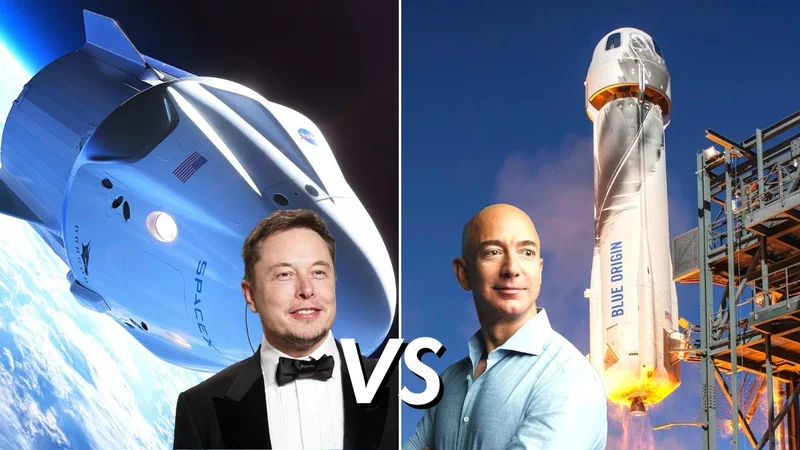Blue Origin's New Glenn Launch: What Happened and Why It Matters
New Glenn's Success: A Win, But Is It a Game Changer?
The launch of Blue Origin's New Glenn rocket, successfully delivering NASA's ESCAPADE probes and nailing the landing, is undeniably a win. The company's press release is full of celebratory quotes and future promises. But does this second flight truly signal a shift in the space landscape, or is it a carefully managed narrative built on a single, albeit impressive, data point?
Decoding the "Full Mission Success"
Blue Origin CEO Dave Limp declared "full mission success." And, on the surface, it's hard to argue. The rocket reached space, the payload was deployed, and the booster returned safely. But let's break that down. ESCAPADE is a $107.4 million mission. (That's a bargain, relative to other planetary probes, but still a significant investment.) The mission's primary objective – understanding the solar wind's interaction with Mars – won't yield results until September 2027. So, "success" is currently defined as "reached the starting line."
The first stage landing is the real achievement here. The "Never Tell Me The Odds" booster, as it was nicknamed, stuck the landing after the first attempt failed. Blue Origin is touting this as a major milestone, and rightly so. Reusability is the key to driving down launch costs and increasing flight cadence. The question is, how quickly can they ramp up? New Glenn Launches NASA’s ESCAPADE, Lands Fully Reusable Booster
Jordan Charles, VP of New Glenn, said their "primary focus remains focused on increasing our cadence and working through our manifest." That "manifest" includes Project Kuiper, AST SpaceMobile, and several telecommunications providers. These are significant contracts, but the company's ability to fulfill them hinges on demonstrating consistent reliability. One successful landing doesn't erase the memory of the first attempt's failure.

The "Mars Shot" Trajectory: A Clever Hack?
The ESCAPADE mission's trajectory is also worth a closer look. Instead of a direct shot to Mars, the probes are taking a year-long detour, looping a million miles out past the moon before using Earth gravity assists to slingshot to the red planet. Robert Lillis, the principal investigator, calls it a "flexible approach" that could "queue up spacecraft" without waiting for optimal launch windows.
But is it flexibility, or a workaround? Mars launch windows occur roughly every two years. The next one is in 2026. ESCAPADE was initially slated to hitch a ride with NASA's Psyche asteroid probe. The fact that it ended up on New Glenn's second flight suggests a scramble to find an alternative launch opportunity. The "flexible approach" buys time, but at the cost of a significantly longer transit to Mars. We're talking nearly two years to get there compared to a direct launch.
And this is the part of the report that I find genuinely puzzling. Why the need for such a complex and time-consuming trajectory? Is it purely about launch window constraints, or does it hint at limitations in New Glenn's performance capabilities?
Contamination Control: A Microscopic View of Mission Success
One often-overlooked aspect of space missions is contamination control. Denisse Aranda, a principal space systems contamination control engineer at Blue Origin, leads the team responsible for keeping the rocket and its payload clean. She notes that even microscopic debris can affect the performance of sensitive instruments.
Aranda also oversees planetary protection measures, ensuring that Earth microbes don't contaminate other planets. This is crucial for future searches for extraterrestrial life. It's a fascinating intersection of engineering and biology, and it highlights the meticulous attention to detail required for space exploration.
So, Is It Really a Game Changer?
New Glenn's second flight is a positive step for Blue Origin. The successful landing of the reusable booster is a significant technical achievement. However, it's premature to declare it a game changer. The company needs to demonstrate consistent reliability, increase its launch cadence, and prove that its "flexible" mission trajectories are truly advantageous, not just a workaround. Until then, it remains a promising contender, not a proven leader, in the space race.
Tags: blue origin
Related Articles
